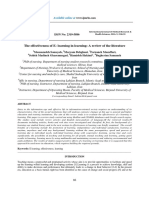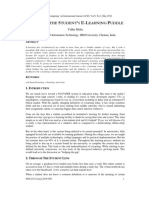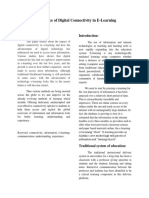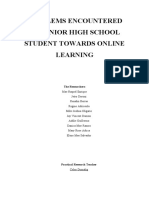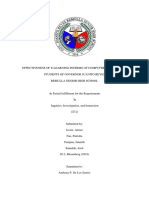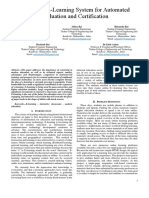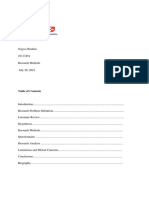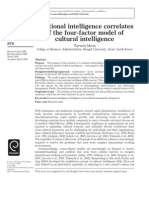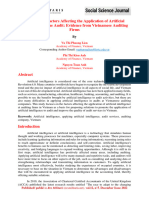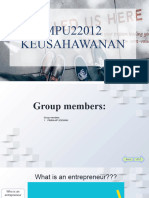0% found this document useful (0 votes)
22 views14 pagesResearch 1
The document discusses the impact of e-learning classrooms on the academic performance of freshmen students, highlighting both the advantages and challenges they face during their transition to secondary education. It emphasizes the need for effective technology integration and support to enhance students' learning experiences and academic outcomes. The study aims to investigate the correlation between e-learning and academic achievement, with a focus on improving freshmen students' performance through better adaptation to e-learning environments.
Uploaded by
loriefe.carnice001Copyright
© © All Rights Reserved
We take content rights seriously. If you suspect this is your content, claim it here.
Available Formats
Download as DOCX, PDF, TXT or read online on Scribd
0% found this document useful (0 votes)
22 views14 pagesResearch 1
The document discusses the impact of e-learning classrooms on the academic performance of freshmen students, highlighting both the advantages and challenges they face during their transition to secondary education. It emphasizes the need for effective technology integration and support to enhance students' learning experiences and academic outcomes. The study aims to investigate the correlation between e-learning and academic achievement, with a focus on improving freshmen students' performance through better adaptation to e-learning environments.
Uploaded by
loriefe.carnice001Copyright
© © All Rights Reserved
We take content rights seriously. If you suspect this is your content, claim it here.
Available Formats
Download as DOCX, PDF, TXT or read online on Scribd
/ 14



